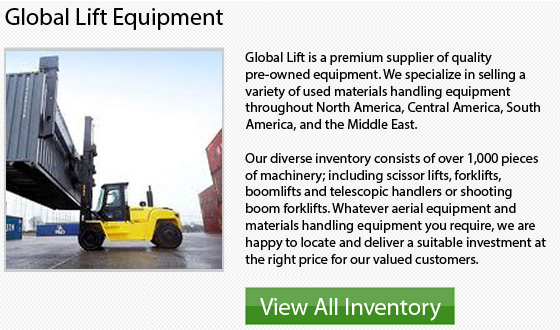
Counterbalance lift trucks are basically forklifts that are designed with counterweight at the back of the machine. The counterweight works to balance the weight that the blades are carrying at the front of the load. This particular design is engineered to stabilize typical lift trucks. As far as electric counterbalance forklifts are concerned, the battery itself forms the counterweight.
Counterbalance lift trucks can usually be found in every manufacturer's product range. They are normally manufactured in a variety of configurations and sizes, utilizing a range of fuel sources. These forklifts could be equipped. They are capable of working in various applications. These lift trucks are outfitted with various types of accessories. Common options and attachments consist of: side shifts, hydraulic clamps, fork shifts and slip sheet attachments just to name some items.
The counterbalance forklift has in fact changed the entire industry of material handling. These machines are essential to the shipping and receiving centers around the world as they are utilized for loading, stacking, horizontal transport functions and unloading. The standard warehouse forklifts are typically used for lift heights less than 6 meters or 20 feet. There have been some recently designed models that are capable of lifting to heights 31 feet or 9.5 meters. The smaller 4000 lbs. or 1-1.8 ton forklifts are the main workhorses within the majority of warehouses. These are the most popular models which the majority of small businesses will have. The standard warehouse counterbalance forklift is actually a wide-aisle truck that needs approximately 3 meters or 11 feet to turn in.
What's more, the counterbalanced forklift is not necessarily confined to warehouse environments. They are usually used for heavy use and container carrying along with basically every application in between. Counterbalance forklifts are the most widely used and versatile of all materials handling equipment.
The counterbalanced lift truck is common in numerous working environments, like warehousing, production and retail. This is due to their versatility and durability. Several of the industrial applications include: food, chemical, timber and automotive businesses.